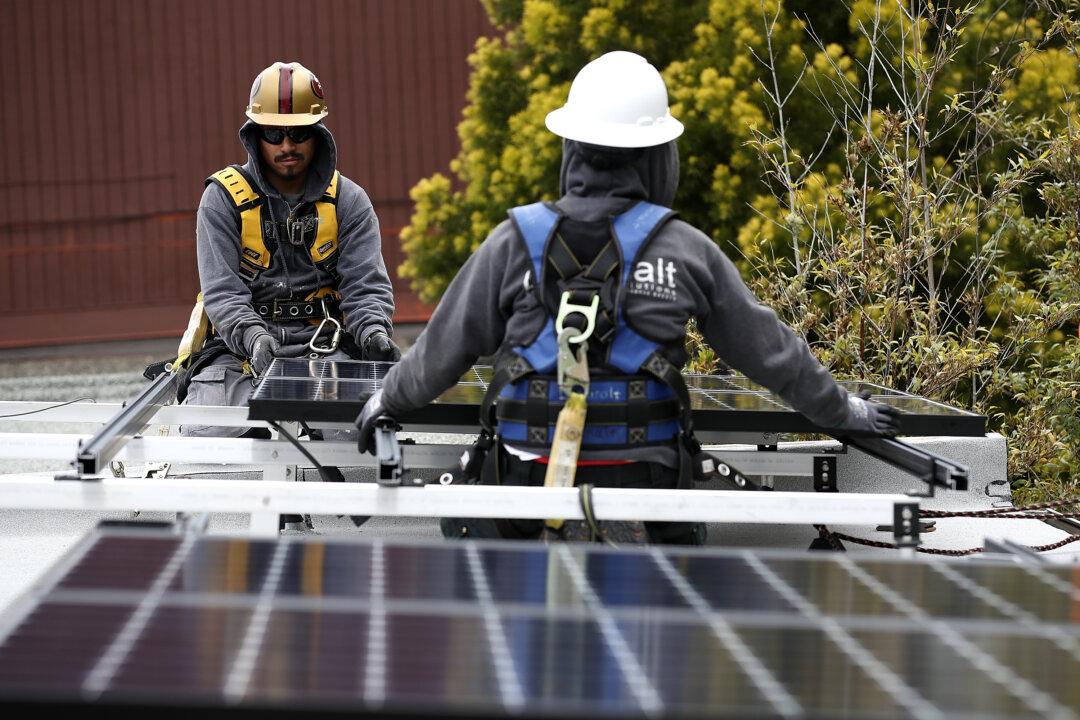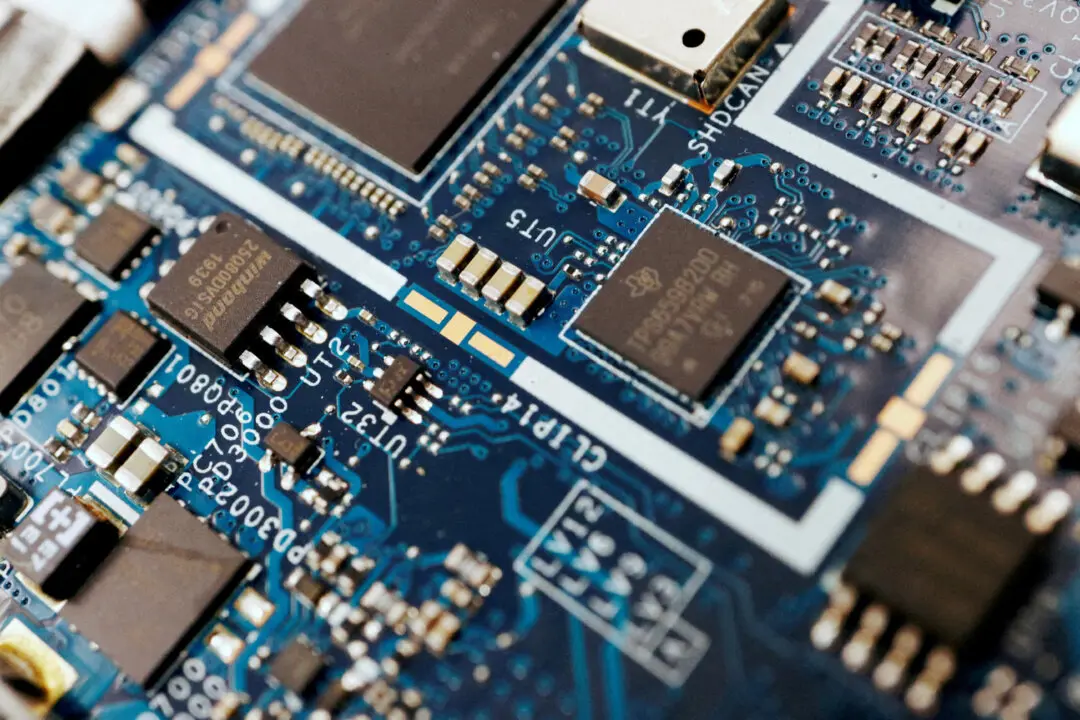Environmental policy expert Michael Shellenberger told NTD’s “The Nation Speaks” that the economics of solar panel production, deployment, and recycling shows that the technology has a “toxic” and “dangerous” dimension while its advocacy is driven by ideological leanings, rather than sound science.
“We’ve been in a sort of hypnotic trance,” Shellenberger said, referring to what he characterized as the misguided belief that solar power is an environmentally-friendly alternative to traditional forms of power generation like nuclear.





